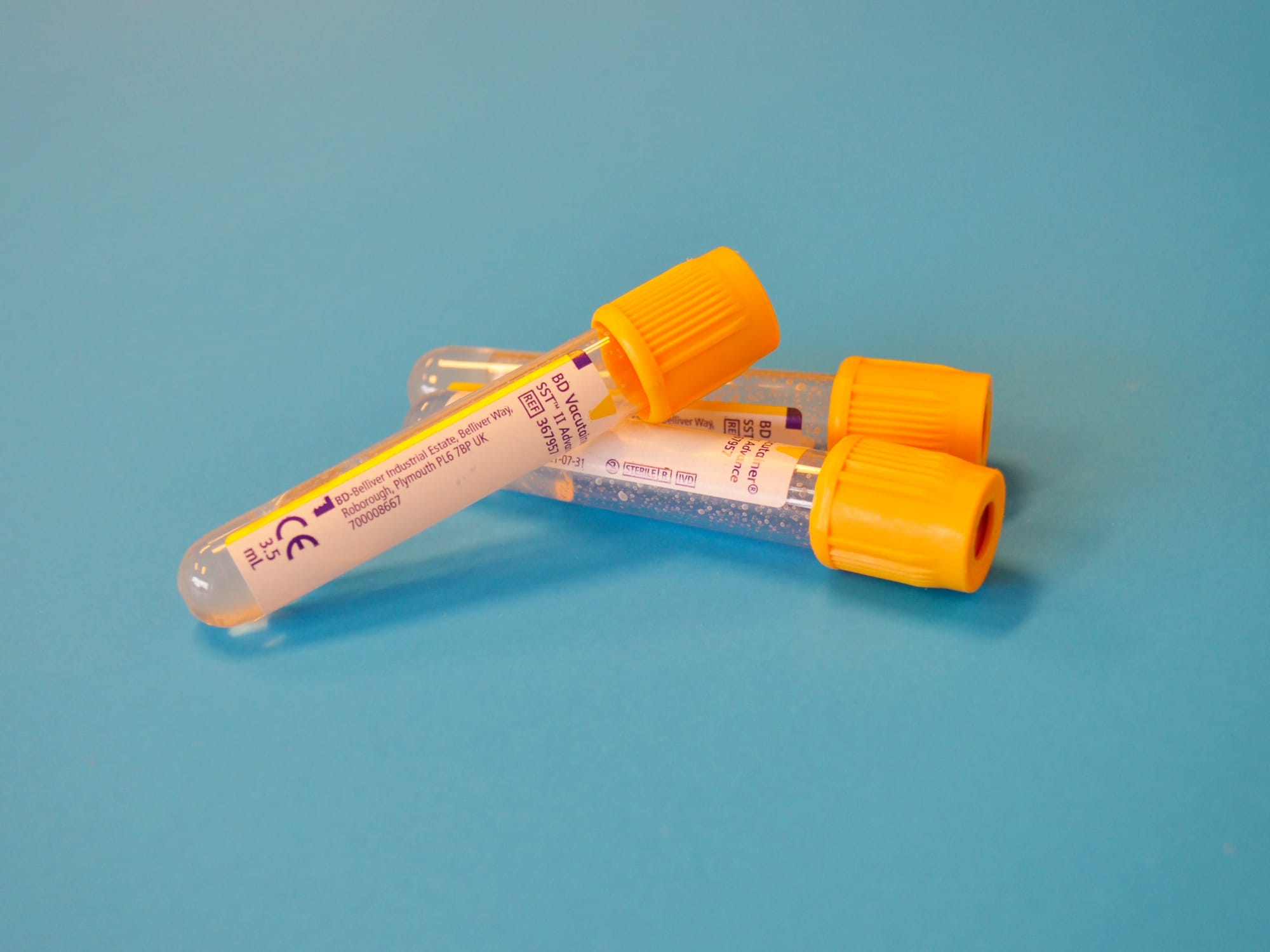APPLYING STRATEGIC INDEX CASE TESTING TO EFFICIENTLY ACHIEVE LAST MILE HIV EPIDEMIC CONTROL

Index case testing (ICT) is a voluntary process where counselors and/or health care workers ask HIV-positive clients to list their sexual partners and children. When the index client agrees, each listed partner and/or child is contacted, informed that they may have been exposed to HIV, offered voluntary HIV testing services (HTS), and linked to prevention, care, and treatment based on the result.ICT is a promising way of identifying HIV-positive individuals unaware of their HIV status. ICT can be either passive where the HIV-positive individual (index) invites a partner (or contact) to be tested for HIV or active where a health provider assists the index with partner notification and offers HIV testing to the partner.
An ICT refresher training was given to healthcare providers from each drop-in center in March. The training focused on enhancing providers’ skills to elicit, contact, and provide HIV testing services to untested sexual contacts of HIV-positive clients.ICT is an effective strategy for new HIV-positive case finding. The ICT accomplishment along the Northwest Corridor/MULU KP Activity is considered best practice and one we can learn from due to the following reasons.INCREASE HIV CASE DETECTION ICT’s contribution to case finding is more than 82% of the total positives identified. Some sites identified more than 90% of the new cases using the ICT approach. ICT is an effective strategy for identifying new cases of HIV infection, with an average of 18.7% yield (HIV-positivity rate) achieved yearly. Fourteen of the sites achieved a yield of more than 23%.
ICT is an effective strategy for identifying new cases of HIV infection, with an average of 18.7% yield (HIV-positivity rate) achieved yearly.
REACH HARD-TO-REACH GROUP Since ICT follows the sexual network of index cases, it increases the chance of reaching persons who have less access to HIV information and are found in remote and less accessible areas.GROWING UTILIZATION OF ICT During 2020, the performance of ICT increased both in volume and case finding at all DICs implementing this modality.
This clearly showed that the interviewing skills and flexibility of health care providers in conducting ICT have grown significantly.IMPROVED LINKAGE TO HIV TREATMENT ICT was found to be the best strategy to improve the linkage of new HIV-positive cases to treatment and care. Due to better counseling and close contact between the service provider and the client, the possibility of linking the case to treatment is enhanced.IMPROVED YIELDS OF OTHER PRIORITY POPULATIONS OTHER THAN KP (FSW) Nationally the yield of KP (FSW) is higher (24%) than other priority populations such as high-risk men and other groups. Moreover, ICT helped to reach some key high-risk groups such as children of the index case and others.
ICT’s contribution to case finding is more than 82% of the total positives identified
The last-mile HIV epidemic control more than ever requires a strategic and efficient intervention to reach the hardest-to-reach population subgroups, and ICT has proven to be a highly efficient HIV case finding modality.
